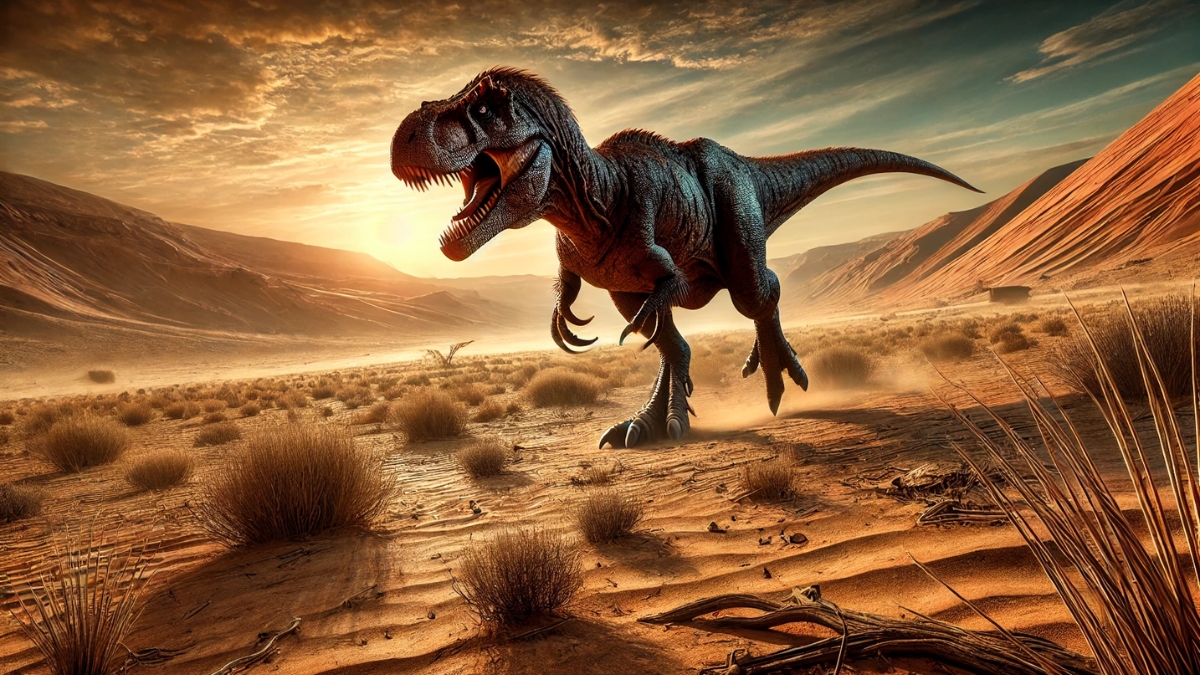Paleontologists Use Archival Images to Identify New Species of African Predatory Dinosaur

Paleontologists from SNSB and LMU have made a remarkable discovery about a predatory dinosaur from the Cretaceous period. This dinosaur lived about 95 million years ago in North Africa. What’s surprising is that the original fossil, found in Egypt, was destroyed in World War II.
However, new archival photographs have helped scientists piece together the story of this dinosaur. The fossil was first described by the Munich paleontologist Ernst Stromer von Reichenbach in 1914, after being excavated in the Bahariya Oasis in Egypt.
The remains were sent to Munich and stored at the Bavarian State Collection for Paleontology and Geology. Stromer originally classified it as a type of Carcharodontosaurus, a giant carnivorous dinosaur about 10 meters long, similar in size to the Tyrannosaurus rex.
But during an Allied air raid on Munich in 1944, the Old Academy building, where the fossils were kept, was hit and completely destroyed. This included all of Stromer’s Egyptian dinosaur fossils. The only things left were Stromer’s notes, drawings, and a few photographs of the skeleton.
Recently, Maximilian Kellermann, a master’s student at LMU München, discovered new photos of the original skeleton. These images show parts of the skull, spine, and hind limbs before the destruction.
Kellermann, along with Prof. Oliver Rauhut and Dr. Elena Cuesta, studied these photos. They were surprised to find that the dinosaur was different from the Carcharodontosaurus that Stromer had originally identified. Instead, they realized it was an entirely new species, which they named Tameryraptor markgrafi.
This species was also about 10 meters long, with symmetrical teeth and a prominent nasal horn. The name “Tameryraptor” honors Egypt’s ancient name, and “markgrafi” honors Richard Markgraf, who helped collect the fossils. The research showed that this dinosaur was closely related to others in North Africa, South America, and Asia.
The discovery suggests that the dinosaur species of North Africa may have been more diverse than scientists once thought. The team believes there’s still much more to learn about the dinosaur fauna of the Bahariya Oasis. More information is available in the original paper, here.
Have something to add? Let us know in the comments below!
